17 U.S. Destinations with the Best Eco-Tourism Activities
Eco-tourism is a great way to explore the outdoors while supporting local conservation efforts. Across the U.S., there are places where nature is the main attraction. These destinations offer activities that focus on preserving the environment and appreciating natural beauty. Whether you enjoy hiking, kayaking, or bird watching, there is something meaningful waiting for you. Keep reading to learn where you can experience nature in a more thoughtful way.
This post may contain affiliate links, which helps keep this content free. Please read our disclosure for more info.
Yellowstone National Park, California
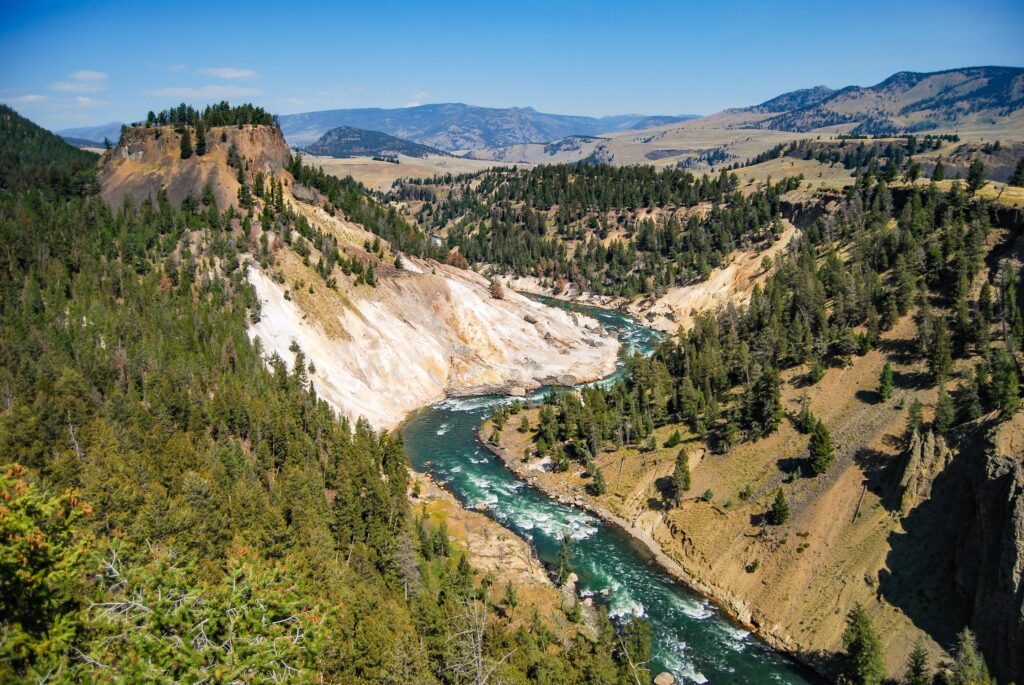
Yellowstone offers geothermal wonders, scenic hiking trails, and guided wildlife tours that bring visitors close to bison, elk, and bears. Eco-tourism activities include ranger-led programs, sustainable fishing, and backcountry camping. A seven-day pass for a private vehicle costs around $35, while guided tours range from $50 to $200. The best time to visit is between June and September for pleasant weather and better trail access. Visitors are encouraged to stay on marked paths to protect fragile geothermal areas.
Yellowstone supports Leave No Trace practices and provides plenty of educational resources on local ecosystems. Visitors can explore areas like the Grand Prismatic Spring, Lamar Valley, and Mammoth Hot Springs. There are eco-lodges nearby that support conservation through water-saving systems and renewable energy. Photography workshops are available for those interested in capturing nature without harming it. Be prepared for changing weather conditions, even during summer months.
Yosemite National Park, California
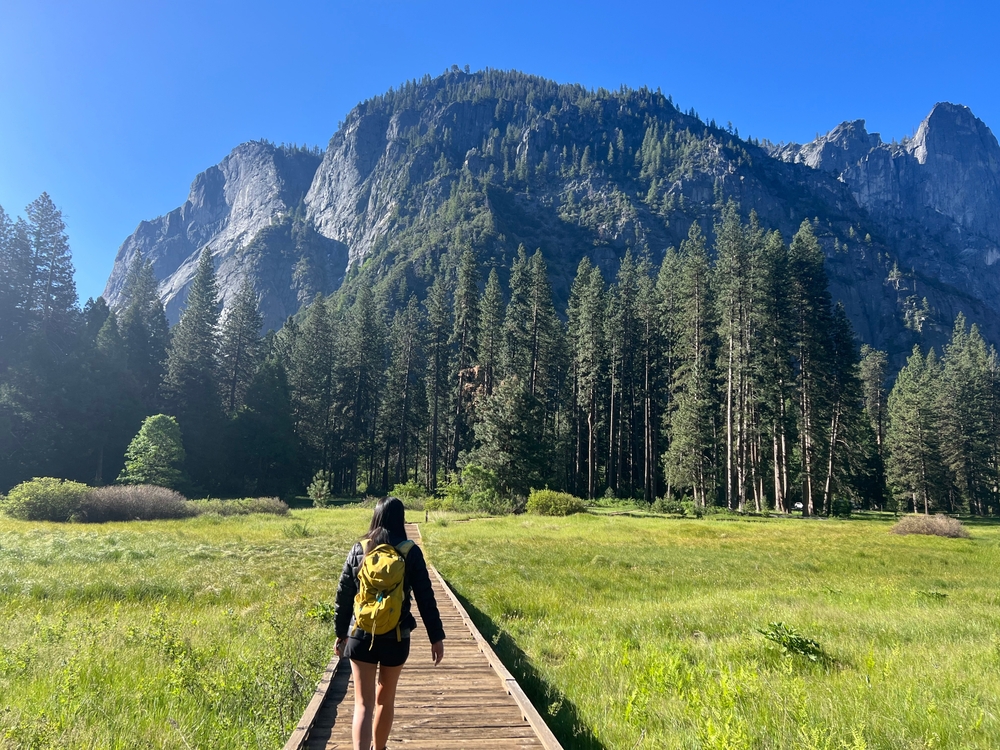
Yosemite is known for its granite cliffs, waterfalls, and rich biodiversity. Visitors enjoy rock climbing, nature walks, and stargazing with guides who follow conservation practices. Entry fees are about $35 per vehicle for a seven-day pass, and group hikes or workshops typically range from $10 to $50. The best month to visit is May, when waterfalls are at their strongest and the weather is still cool. Shuttle services within the park reduce the need for car travel and help lower emissions.
Yosemite Valley is home to bears, mule deer, and rare bird species that can be observed from eco-friendly viewing platforms. Educational talks on wildlife behavior and geology are held daily. There are campgrounds and lodges that follow recycling policies and energy-saving guidelines. Biking is a great way to explore the park while reducing environmental impact. Always pack out what you bring in and follow posted guidelines during your stay.
Zion National Park, California

Zion offers red rock canyons, high plateaus, and desert wildlife, making it a prime location for eco-tourism. Activities include guided hikes, rock climbing, and horseback riding, all managed with sustainability in mind. A private vehicle pass costs about $35, and shuttle services within the canyon are included during peak months. April and May are ideal times to visit due to moderate temperatures and blooming desert flowers. Zion’s shuttle system helps limit vehicle traffic in sensitive areas.
Visitors can hike the famous Angel’s Landing or take part in low-impact photography tours. Eco-conscious lodging options are located nearby, offering refillable water stations and solar power. Interpretive programs focus on native plants, water conservation, and desert ecology. Birdwatching and night sky programs are available for those seeking a peaceful way to connect with nature. Always check trail conditions before heading out, especially after rainfall.
The Everglades, Florida
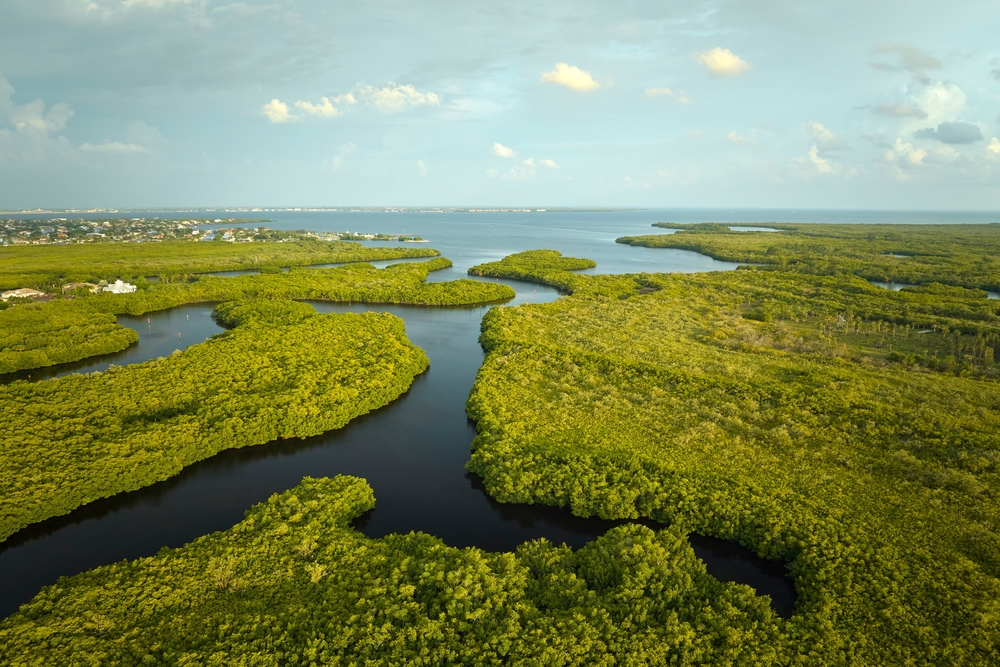
The Everglades is a vast wetland ecosystem home to alligators, manatees, and hundreds of bird species. Popular eco-tourism activities include airboat tours with licensed guides, kayaking, and birding excursions. Entrance fees are about $30 per vehicle, while guided kayaking tours average $40 to $60 per person. The best month to visit is February, during the dry season when wildlife viewing is at its best. Visitors should dress in light clothing and bring insect repellent due to humidity.
Boardwalk trails and observation towers provide access without disturbing the environment. Educational exhibits at the visitor center highlight the importance of protecting water flow and native habitats. Some lodges offer solar-powered rooms and filtered rainwater systems. Eco-boat operators use quiet motors to minimize disruption to wildlife. Staying on marked paths and keeping a respectful distance from animals is encouraged.
Mount Rainier National Park, Washington

Mount Rainier features glaciers, meadows, and old-growth forests that attract eco-conscious travelers year-round. Hiking, snowshoeing, and wildlife viewing are among the most popular low-impact activities. Entrance fees cost around $30 per vehicle, and guided snowshoe walks or naturalist-led programs are usually under $25. The best month to visit is August for wildflower blooms and clear skies. Trails are well-marked to keep foot traffic away from sensitive alpine meadows.
The park supports sustainable tourism by offering refillable water stations and composting restrooms. Rangers lead interpretive hikes that focus on glacier movement and forest preservation. Local lodging partners often participate in green certification programs. Visitors can also take part in citizen science programs that track animal sightings and weather patterns. Preparation for changing mountain weather is important for safety.
Appalachian National Scenic Trail, Georgia
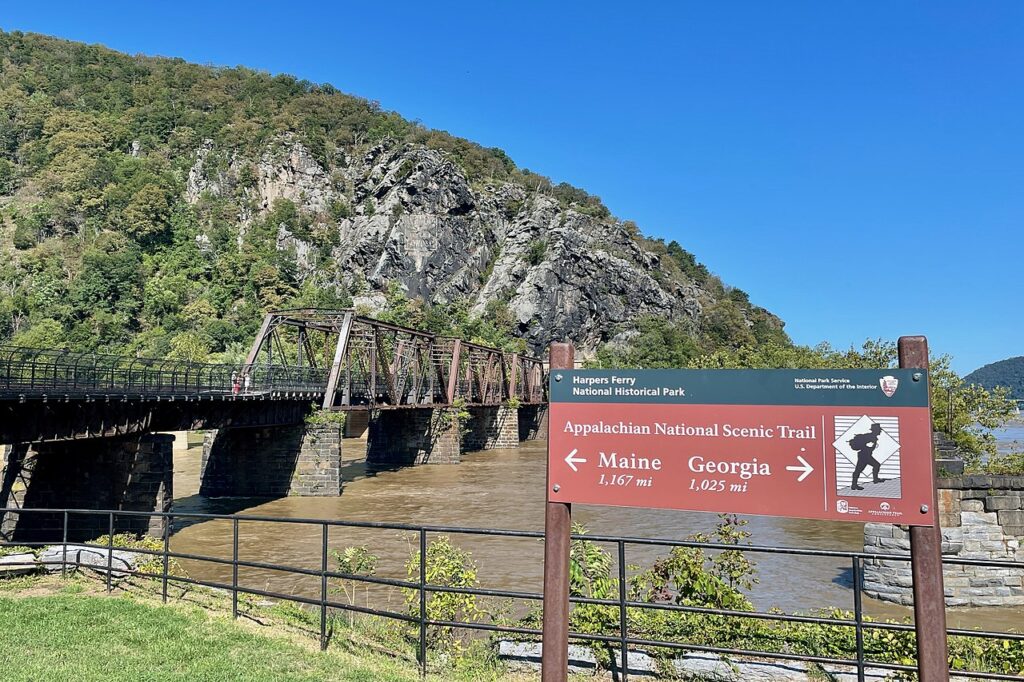
This famous trail stretches over 2,000 miles and passes through Georgia’s peaceful forests and mountain ranges. Eco-tourism here centers on long-distance hiking, bird watching, and trail stewardship programs. There are no entrance fees, but guided hikes and shuttle services cost around $10 to $30 depending on the segment. April and October are great months to visit due to mild weather and colorful foliage. Hikers are advised to pack light, carry reusable water containers, and respect wildlife habitats.
Many nonprofit groups offer volunteer clean-up days and educational programs along the trail. Campsites along the Georgia section provide low-impact spots for overnight stays. Trail shelters are available but should be reserved early during peak months. Rangers and volunteers often teach visitors how to tread lightly in sensitive zones. The trail encourages a strong leave-no-trace ethic to protect its diverse ecosystems.
Portland, Oregon

Portland supports green living with its many parks, bike-friendly roads, and strong focus on local farms and nature preserves. Visitors can kayak along the Willamette River, hike through Forest Park, or join guided tours focused on native plant life. Many eco-tours cost between $20 and $70 per person, depending on the activity. September is an ideal time to visit with mild weather and seasonal harvest festivals. The city promotes public transportation, which helps reduce traffic emissions.
Eco-conscious travelers can enjoy organic food tours, local farmers markets, and urban birding routes. The city’s public gardens and green rooftops help support pollinator habitats. Bike rentals and pedestrian paths make it easy to explore without a car. Sustainable hotels offer recycling bins and use water-saving systems. Local nonprofits offer workshops on composting and green living practices throughout the year.
Asheville, North Carolina

Asheville blends mountain scenery with strong community support for sustainable living. Eco-tourism activities include hiking in the Blue Ridge Mountains, waterfall trails, and tours of native plant gardens. Guided nature hikes typically cost around $20 to $50 depending on the length and group size. October is the best time to visit, when fall colors are at their peak. The area is filled with local farms, making farm-to-table dining a popular choice.
Visitors can attend forest therapy walks or join birding groups focused on preserving native species. The nearby Blue Ridge Parkway offers scenic drives with eco-friendly rest stops and educational centers. Local inns often use solar panels and offer locally sourced meals. Art walks and nature festivals promote conservation through community engagement. Asheville also encourages reusable containers and provides refill stations around hiking areas.
Washington D.C., District of Columbia
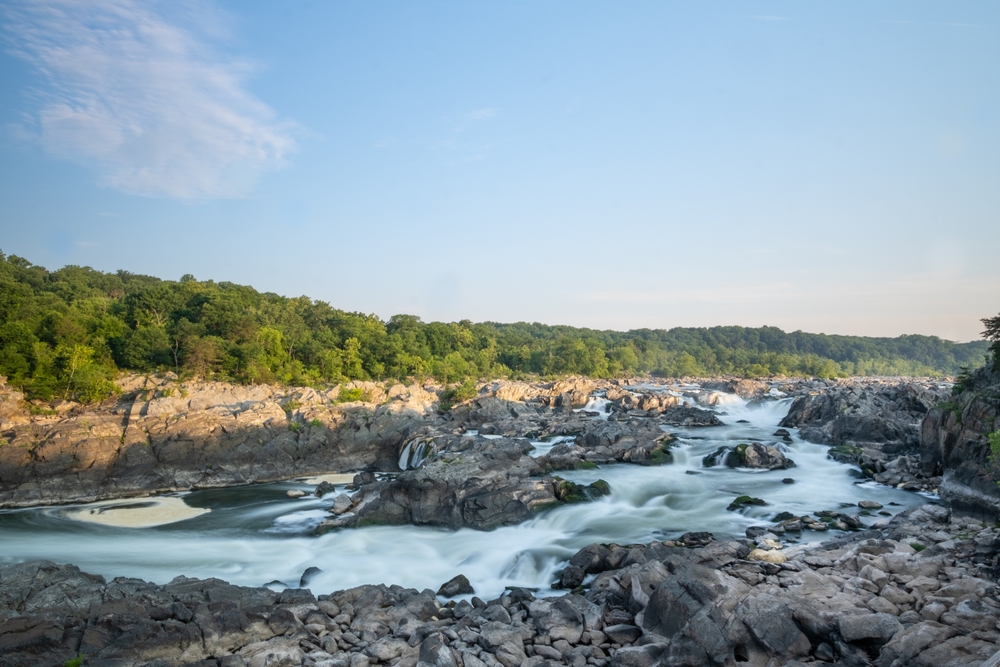
Washington D.C. surprises many with its green spaces and sustainable travel options. Visitors can enjoy kayaking on the Potomac River, walking through Rock Creek Park, or touring the city’s many botanical gardens. Bike rentals and guided nature walks average between $10 and $40. May is a good month to visit for pleasant weather and blooming gardens. The city’s Metro system helps reduce car use for tourists.
Eco-tourism here includes exploring the National Arboretum and joining tree-planting events. Several museums and gardens feature exhibits on sustainability and urban nature. Hotels across the city follow green building standards and reduce single-use plastics. Visitors can also find eco-conscious cafés and zero-waste shopping spots. It is easy to enjoy nature and history in one trip without adding to environmental stress.
Chicago, Illinois

Chicago offers green rooftops, lakefront parks, and community gardens across the city. Popular eco-tourism activities include biking the 18-mile Lakefront Trail, birdwatching at Montrose Point, and sailing lessons on Lake Michigan. Kayak rentals and guided lake tours typically range from $30 to $60. June is the best month to visit with comfortable weather and outdoor events. The city also provides bike-sharing stations and eco-friendly transit routes.
Visitors can tour native plant gardens at the Lincoln Park Conservatory or join beach clean-up events. Local businesses support urban agriculture and host sustainability workshops. Museums often feature exhibits about climate and conservation efforts. Green hotels follow water-saving practices and energy efficiency standards. Chicago blends city excitement with meaningful ways to connect to the environment.
The Ozarks, Missouri

The Ozarks offers rivers, caves, and woodlands perfect for eco-tourists seeking quiet nature experiences. Canoeing, hiking, and spelunking are some of the main activities that focus on environmental respect. Canoe rentals and cave tours usually cost between $25 and $60 per person. The best month to visit is May, when spring blooms are in full view and river levels are ideal. Many eco-lodges in the area use recycled materials and limit energy use.
Visitors can join wildlife observation walks or help with habitat restoration programs. Buffalo National River and Mark Twain National Forest are two key areas worth exploring. Local guides teach about native plants and traditional land use. Campgrounds promote low-impact practices and encourage wildlife safety awareness. The Ozarks offer peaceful ways to enjoy the outdoors without leaving a heavy footprint.
Lake Erie, Ohio
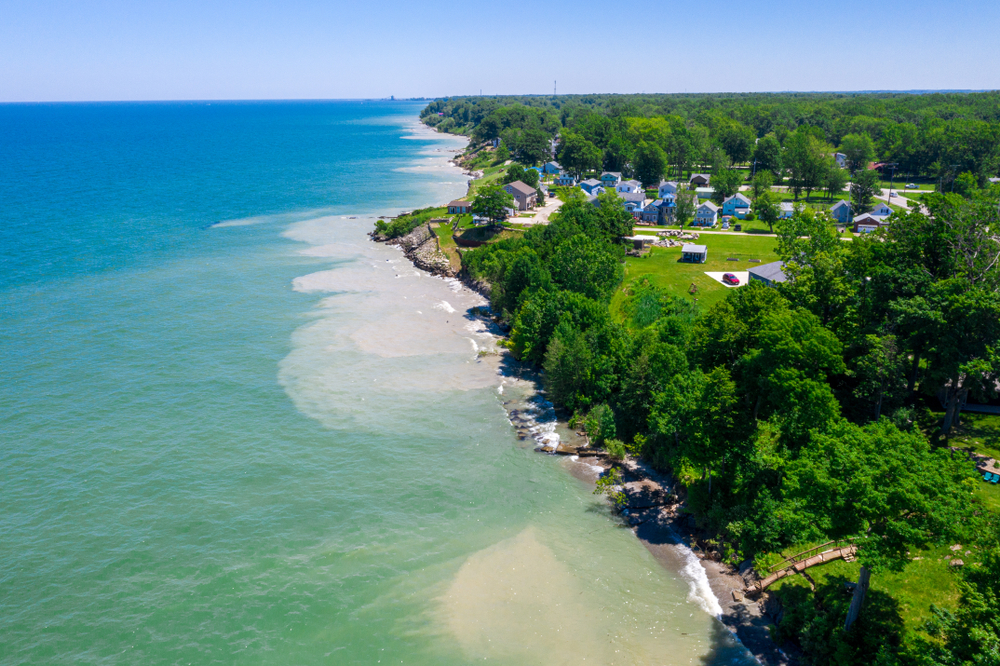
Lake Erie’s coastal towns and natural areas are growing in popularity for eco-tourism. Activities include kayaking through marshes, fishing with licensed guides, and birding along the Lake Erie Birding Trail. Kayak rentals and eco-tours cost around $20 to $50. September is a great time to visit, especially during bird migration season. Nature centers along the shore provide information on water conservation and aquatic species.
Presque Isle and Magee Marsh are two top locations for spotting rare birds. Visitors can join beach cleanups or take workshops on native plant restoration. Local inns and guesthouses focus on low-impact tourism and sustainable sourcing. Educational boat tours explain the impact of pollution and how to support lake health. Lake Erie combines recreation with learning and local stewardship.
DownEast Acadia, Maine
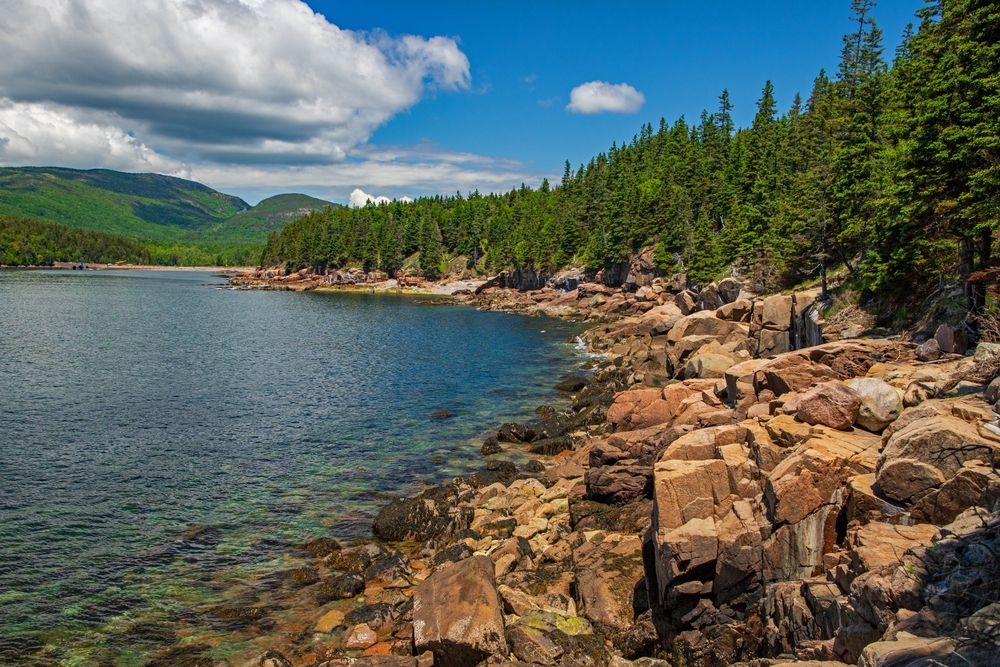
This coastal region features rocky shorelines, fishing villages, and preserved woodlands. Eco-tourism here includes tidepooling, hiking in Acadia National Park, and taking part in lobster boat tours with sustainable practices. Guided eco-tours and nature cruises cost between $30 and $80. July is a great month to visit due to warm weather and active marine life. Towns like Bar Harbor offer local food and green lodging options.
Whale-watching tours are carefully managed to protect marine mammals. Visitors can explore nature centers that teach about coastal ecosystems and conservation efforts. Trails along the Schoodic Peninsula offer peaceful hikes without crowding. Local organizations run education programs for both adults and children. The area blends quiet charm with respect for nature and local culture.
Kasha-Katuwe National Monument, New Mexico
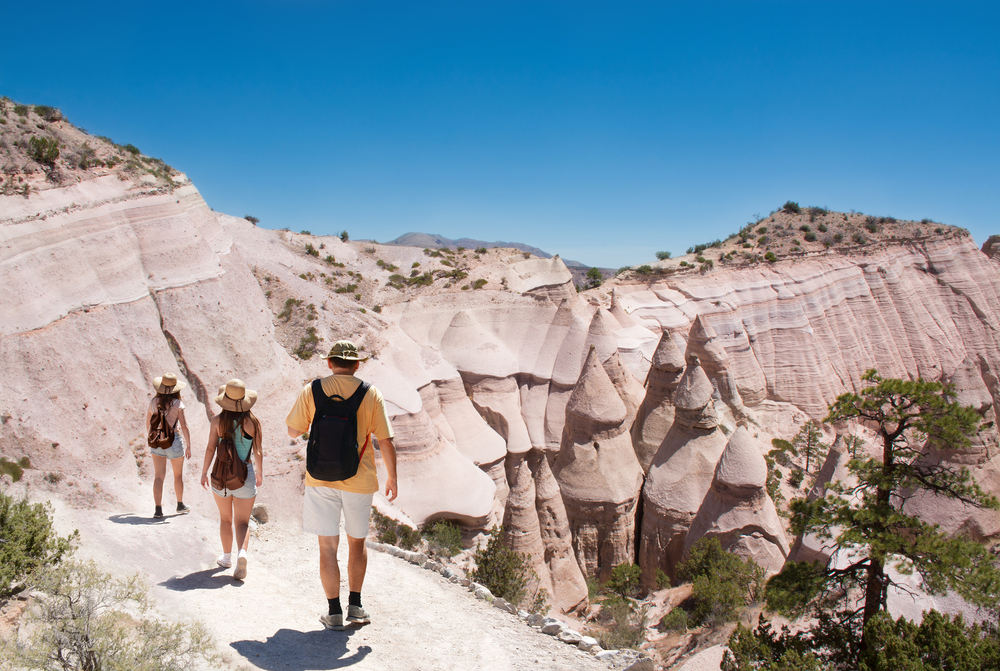
This monument features unique cone-shaped rock formations and desert landscapes. Hiking trails through the Tent Rocks allow visitors to learn about geology and native history. Entry is free, while guided hikes cost around $25 per person. October is the best time to visit due to cooler temperatures and clearer skies. The area is managed to protect natural features and reduce visitor impact.
Visitors should bring water, sun protection, and pack out all trash. Educational signs explain erosion, plant life, and indigenous cultures connected to the site. There are no shops or services in the area, so preparation is key. Guided tours focus on responsible hiking and desert preservation. It is a peaceful place where nature and culture are carefully protected.
World Birding Center, Texas

Located along the Rio Grande Valley, this center supports bird conservation across nine unique sites. Visitors can explore wetlands, forests, and brushlands while spotting rare birds like green jays and chachalacas. Admission fees vary by site but usually stay under $10, and guided bird walks cost around $15 to $25. March is a great time to visit during spring migration. Many trails are wheelchair accessible and maintained for minimal impact.
Educational programs teach about habitat preservation and species protection. Observation towers and photography blinds allow visitors to enjoy wildlife without disturbance. Local eco-lodges offer early morning tours and binocular rentals. Volunteers help with replanting efforts and invasive species control. The region offers one of the best birding experiences in North America with strong conservation ties.
Half Moon Bay, California
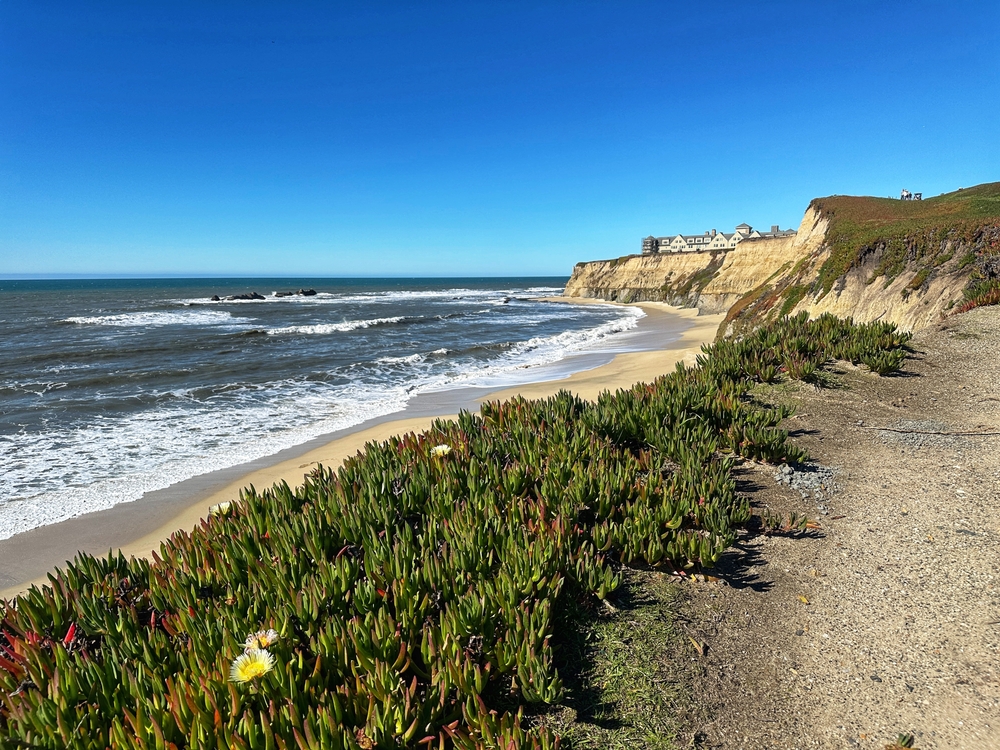
Half Moon Bay offers a quiet coastal escape with strong eco-tourism values. Visitors can join whale-watching cruises, tidepool tours, or guided hikes along the California Coastal Trail. Eco-tours usually range from $40 to $90 depending on duration. November is ideal for whale watching and peaceful weather. Local inns support marine conservation and limit energy use.
The nearby Fitzgerald Marine Reserve is a top spot for viewing sea stars, anemones, and seals. Volunteers help monitor animal health and protect shoreline habitats. Surfing lessons and horseback rides along the beach follow local environmental rules. Seafood restaurants often use sustainable catch practices. Half Moon Bay gives travelers a chance to relax while respecting the sea and shore.
Omega Institute for Holistic Studies, New York

Omega offers workshops that connect wellness and the environment in a peaceful Hudson Valley setting. Visitors can attend classes on meditation, gardening, and eco-living. Prices vary, with most day workshops ranging from $75 to $150. July is a popular month due to mild weather and full schedules. The center uses solar panels, organic gardens, and green architecture.
Guests can stay in eco-cabins or camp on the grounds. The site encourages community meals made from local produce. Nature trails, lake swimming, and mindfulness walks are all part of the experience. The focus is on living in harmony with nature through daily choices. It is a peaceful place for reflection and learning with a light impact on the environment.
Eco-friendly travel gives you the chance to enjoy the outdoors while making a positive impact. These destinations show that nature and tourism can work well together.
This article originally appeared on Avocadu.
